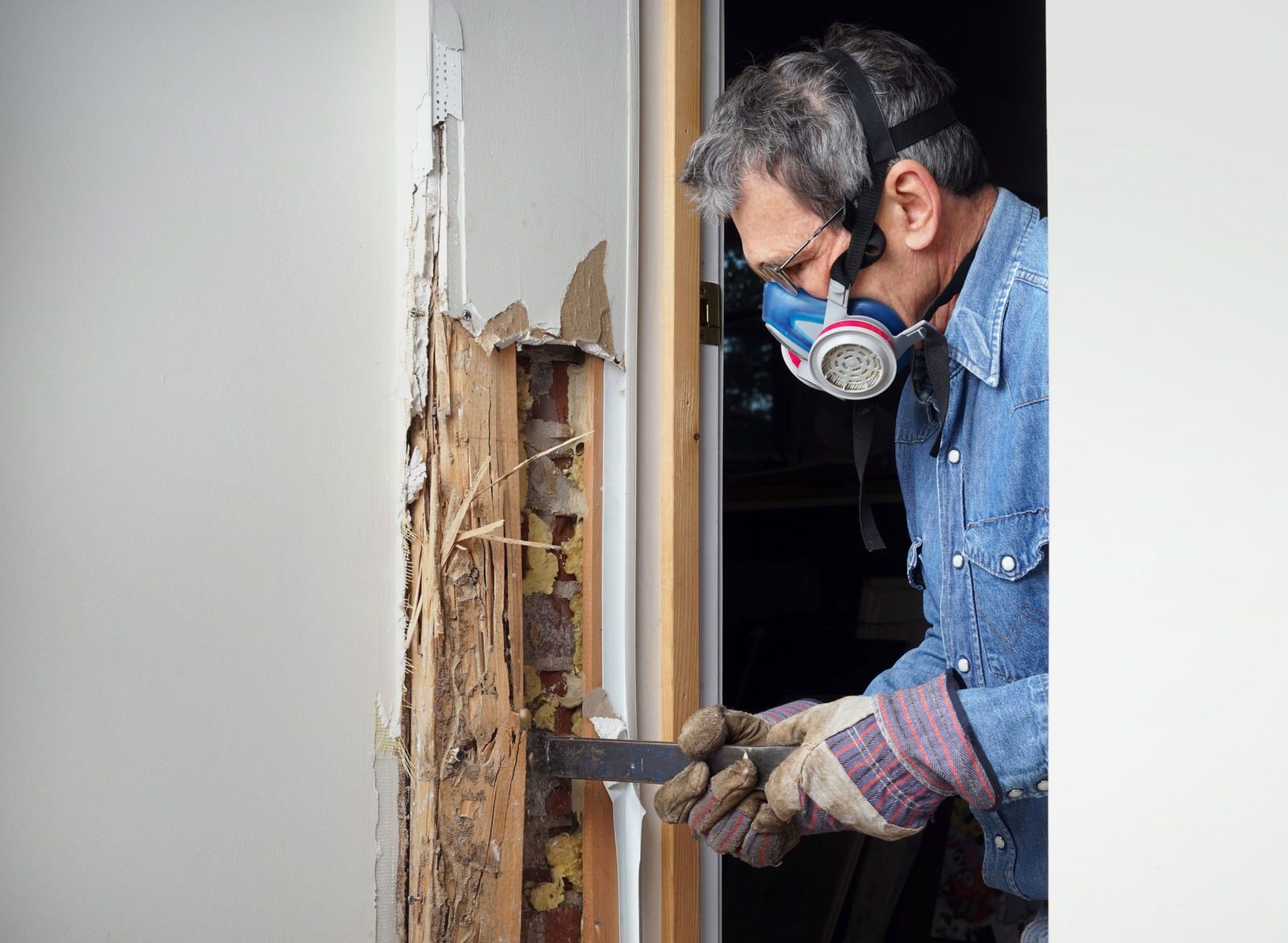It’s not uncommon for homeowners to be confused about what a termite inspection entails. If you’re considering hiring a professional Termite Inspection Cranbourne to inspect your home for signs of termites, it’s important to know what will happen during the inspection and how this information is used.
Termites can cause significant damage to your property in just a few years, so it’s crucial that you learn how to prevent them from doing so.
Why Should You Have a Termite Inspection?
If you’re not familiar with termites, you should know that they are insects that live in colonies and eat cellulose in the wood of buildings. This can cause major damage to your home, and it’s important to have a certified termite inspector look at your house so that they can detect any infestations or problems early on.
There are many reasons why an inspection is necessary:
- Termites often go undetected until there is substantial damage done to the structure of a building or home; therefore, it’s important to have an inspection done regularly and before major damages occur.
- The cost of treating termite infestations can get very expensive; if detected early on and treated properly, it will help prevent further destruction of your property while also saving money in the long run by preventing costly repairs later down the road.
What Does a Termite Inspection Include?
A termite inspection is a process that allows you to detect and identify termites, their damage, and signs of infestation. It typically includes the following:
- Checking for live termites and their damage inside your home. Termites in basements, crawl spaces underneath homes, garages, or sheds are common places where they can be found.

- Checking wood structures around windows, doors, and door frames for signs of wood rot caused by termites chewing through your wooden structure. This type of damage will include dark-colored patches on walls or ceilings near these areas as well as discoloration on wooden support beams under porches that have been eaten away by the insects’ tunneling.
- Examining soil around foundations for evidence of mud tubes used by subterranean termites as they move in search of food outside their nests underground (eastern subterranean termites) or above ground (dry wood).
What Happens After the Termite Inspection Is Completed?
After the inspection is complete, your inspector will provide you with a detailed report. This report will include all of the findings of his or her inspection and recommendations for treatment.
The report is given to either you or your real estate agent depending on whose responsibility it is to follow up with the inspection (depending on state laws).
If you have any questions about your report or need clarification on something that you don’t quite understand, call your inspector right away!
How Can You Protect Your Home From Termites?
You can protect your home from termites by keeping it dry and free of wood. A regular Termite Inspection Cranbourne will help you know if there is any sign of a termite infestation so that you can get treatment if needed.
- Keep your yard clean and free of wood: Remove logs, fallen branches, firewood piles, and other debris from around the house.
- Get a regular inspection: Schedule a yearly or semi-annual inspection by an experienced pest professional to ensure no damage has occurred in the meantime. If there are signs that termites have entered your home through cracks in walls or windowsills, contact us immediately so we can get rid of them before they do more damage!
Conclusion
In conclusion, it’s important to understand that termites can be dangerous for your home, especially if they go unnoticed for a long time. If you want to know more about how you can protect your home from termites and other pests, give a call to an expert now.







